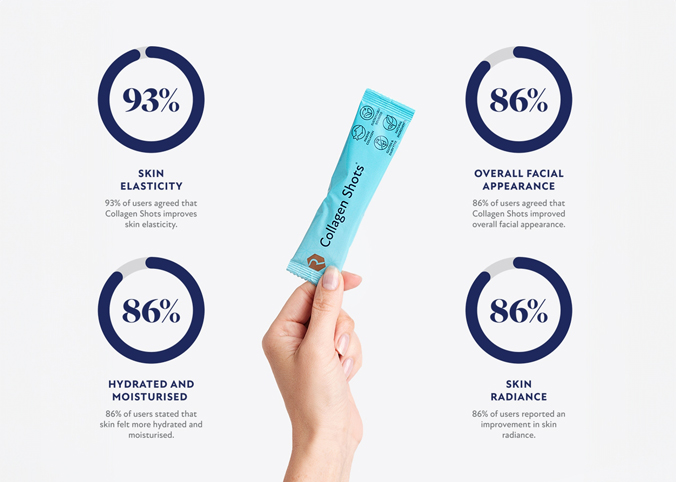Do you know your A,B,C of moles

Rob, my other half and co-founder of Rejuvenated is really quite blasé about many things and one of those things was a mole on his face. When he left school he signed up as an engineer in the navy he spent much of his time in the Middle East. You can imagine that being red haired and no real sun cream would be the worst scenario for his skin. Even in recent years he ignored my pleas for him to use high factor SPF.
I noticed that a small mole had changed on his face and eventually got him to see a dermatologist. it was a small melanoma, he also had two on his back. We were lucky to find a fantastic surgeon who managed to remove them without causing too much scarring. Rob did need a strict talking to by the dermatologist as for some reason he thought that once the moles were removed he was ok to wear a low factor sunscreen.
How do you know when a mole needs checking out?
The mole on Robs face didn’t look like the ones that you see in photos. It wasn’t dark and didn’t appear larger, it just kept bleeding slightly.
It is important to know the difference between an ordinary mole and melanoma, since moles may develop into melanoma or indicate an increased risk for melanoma. An ordinary mole is normally an even colour and can be light brown, tan or a black spot on the skin. They can be raised or flat, oval or round. Moles are normally smaller than a quarter of an inch in diameter and can be present at birth or just appear during your childhood or adulthood. Moles can appear on areas of your skin that have had more sun-exposure than others.
Once a mole develops, it normally stays the same size, colour and shape for many years. Most people have moles that are almost always harmless, however it is vital to recognise the changes in your moles that may suggest melanoma is developing.
The following ABCDE system can help you tell a normal mole from one that could be melanoma, check your self and your family at least once a year and anything suspicious should be seen by your doctor immediately.
Asymmetry – Melanoma lesions are typically asymmetrical, whereas benign moles are typically round and symmetrical.
Border – Melanoma lesions frequently have uneven or irregular borders (e.g, ragged or notched edges), and benign moles have smooth, even borders.
Colour – Melanoma lesions often contain multiple shades of brown or black, whereas benign moles are usually a single shade of brown.
Diameter – Early melanoma lesions are often more than 6mm in diameter, whereas benign moles are usually less than 6mm in diameter.
Elevations or Enlargement – look out for moles that seem much bigger or more raised.
Some melanomas do not conform to the A-B-C-D-E criteria, so any suspicious ones should be examined by a Doctor/Dermatologist.
Prevent the damage with the use of a broad spectrum sun-screen at all times whilst in the sun, and do not allow your skin to burn, 3 burns in your lifetime increases you risk of skin-cancer! Slip, slap and slop it on, as the Australians say! A teaspoon of sun-screen for your face and a shot glass for your body and re-apply regularly.
For more information visit the Skin Cancer Foundation.






